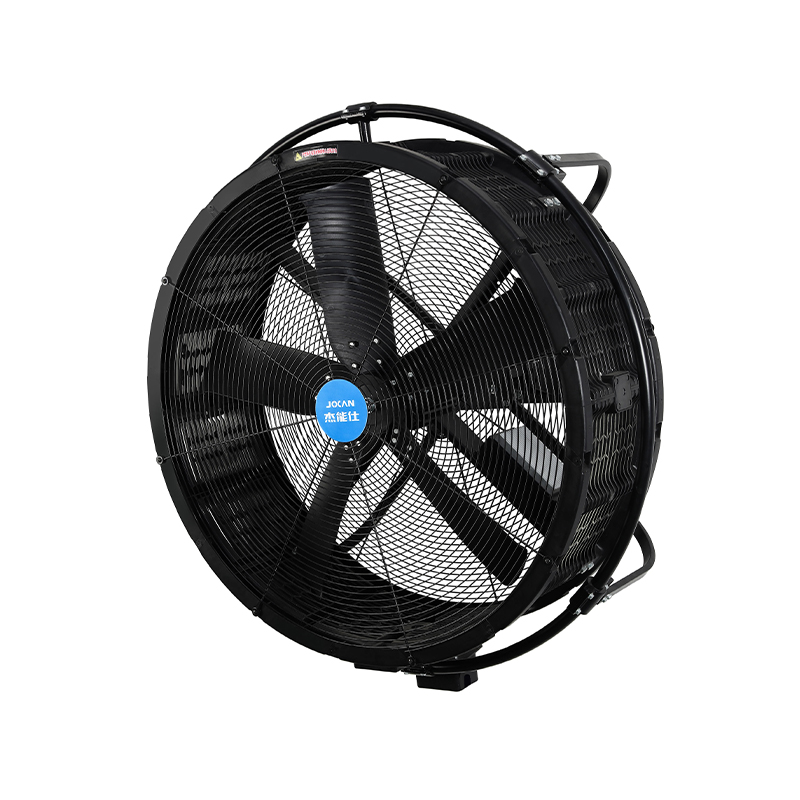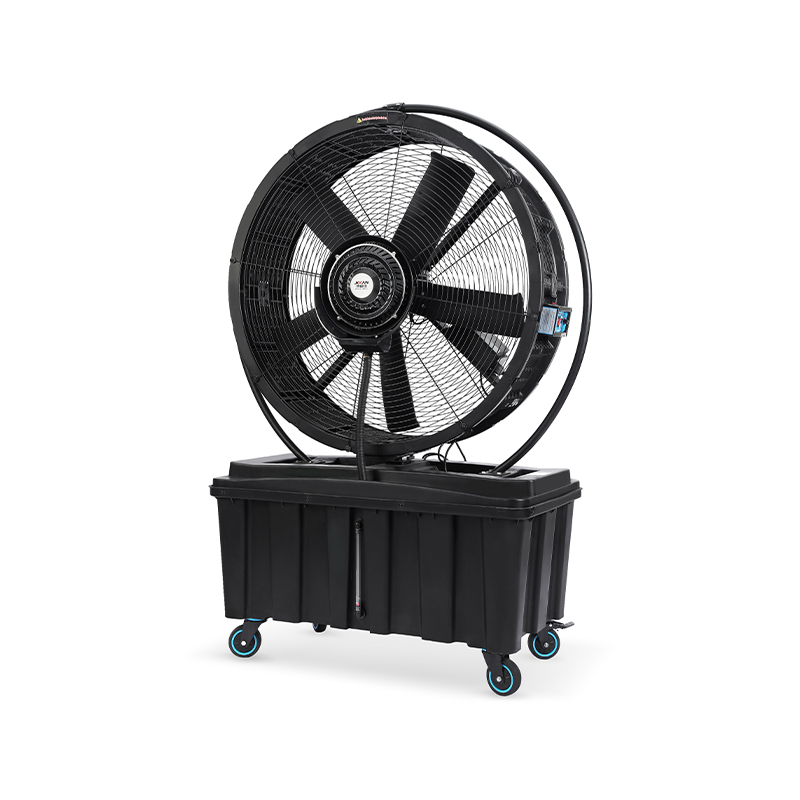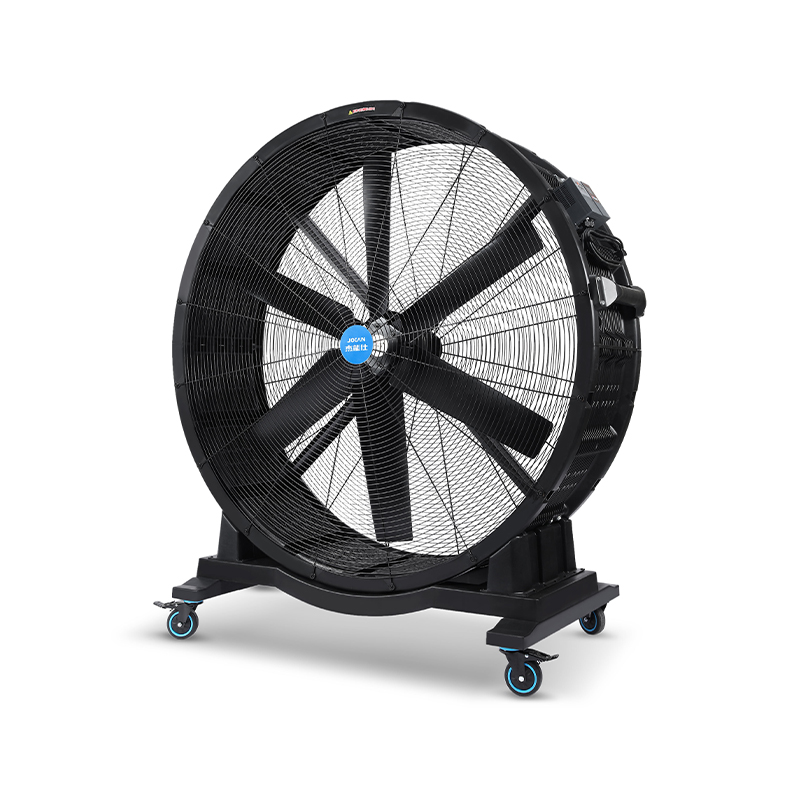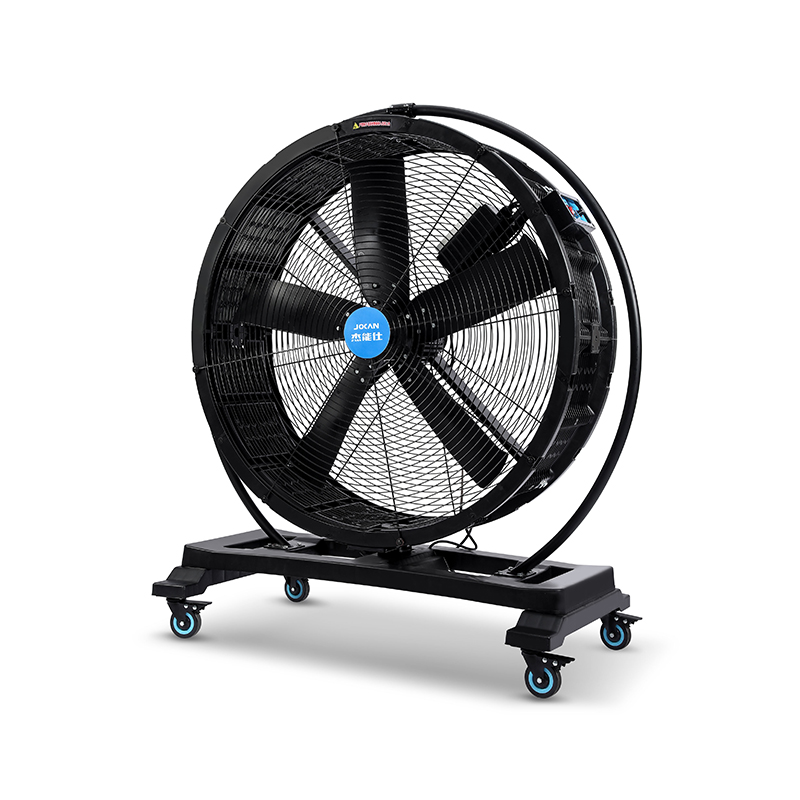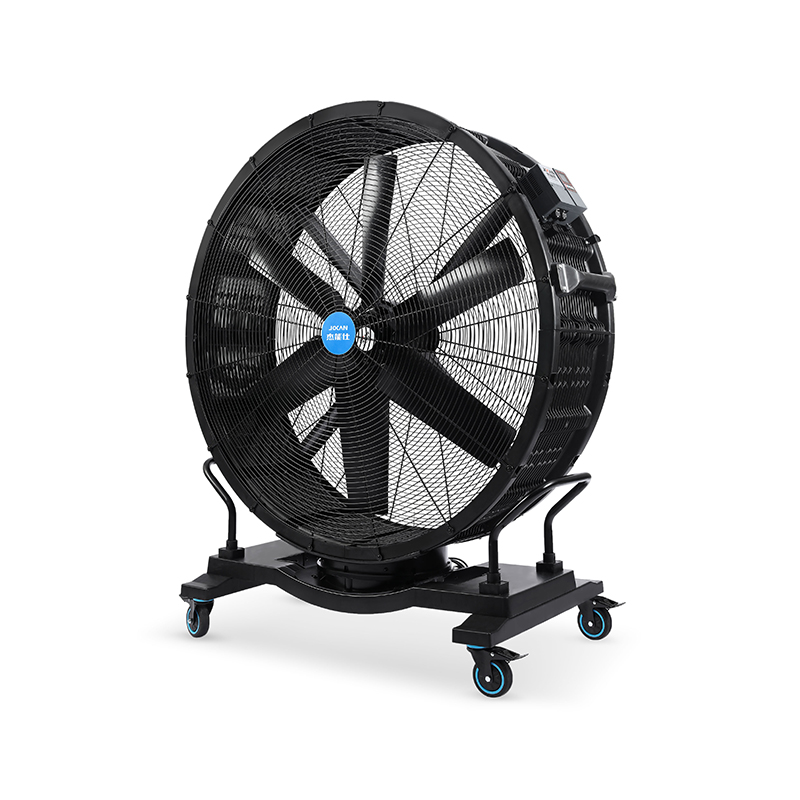Among the many types of fans used, duct line fans, industrial axial fans, and large axial fans play a vital role in ensuring effective air movement across diverse applications. Maintenance challenges are common, especially when fans operate continuously in demanding environments. Modular fan components have emerged as a practical solution to simplify maintenance and reduce downtime, enhancing the overall lifecycle of these fans.

Duct line fans, typically installed within ventilation ducts, must perform efficiently while fitting within space constraints. Traditional fans often require disassembly of the entire unit for even simple repairs, pilot to extended operational interruptions. Modular design changes this by breaking down the fan into individual components that can be accessed, removed, or replaced independently. For duct line fans, this means bearings, blades, motors, and housings can be serviced without removing the whole fan from the duct. This modularity significantly cuts maintenance time and lowers labor costs.
Similarly, industrial axial fans, which are widely used in factories and warehouses, benefit from modular components. These fans usually handle high airflow volumes and are subject to wear caused by dust, moisture, or temperature fluctuations. When an industrial axial fan has modular parts, maintenance teams can quickly identify the faulty section and address the issue without affecting the rest of the system. For example, if a motor needs replacement, it can be detached from the fan assembly without disturbing the blades or the frame. This streamlined approach ensures that downtime is lessened and productivity remains stable.
Large axial fans, often installed in mining sites, power plants, or large manufacturing facilities, represent another category where maintenance complexity can become a significant concern. These fans are heavy and bulky, making removal and repair a labor-intensive process if modularity is not incorporated. By designing large axial fans with modular components, individual parts like fan blades, shafts, and motor assemblies become easier to handle. Maintenance crews can work on components in place or remove just one part without disassembling the entire fan. This modular approach not only saves time but also improves worker safety by reducing the need for heavy lifting or complex rigging.
Another advantage of modular components is the ability to stock commonly replaced parts. For duct line fans, having spare modular modules such as blade sets or bearing units on hand means that replacements can happen swiftly, preventing lengthy shutdowns. This principle applies equally to industrial axial fans and large axial fans, where specific components might require more frequent servicing due to harsh operating conditions. Modular design supports predictive maintenance by simplifying inspection routines and part swaps, helping managers plan repairs without surprises.
Additionally, modularity contributes to easier upgrades and customization. In many facilities, duct line fans, industrial axial fans, and large axial fans must adapt to changing operational needs. By using modular components, these fans can be upgraded piece by piece rather than replaced entirely. For example, a more efficient motor or improved blade design can be installed in an existing fan housing with small disruption. This flexibility extends the service life of the fan and provides cost savings compared to purchasing new units.
The concept of modular components also supports environmental goals by reducing waste. When parts can be individually repaired or replaced, fewer entire fan units end up discarded. Duct line fans with modular parts can have worn blades swapped out while keeping the housing intact. Industrial axial fans benefit similarly, as motor or bearing replacements do not necessitate scrapping the entire fan. For large axial fans, modular repair avoids the need to manufacture and transport full replacement fans, lowering the environmental footprint associated with maintenance.
In summary, modular fan components offer several practical benefits that improve maintenance procedures for duct line fans, industrial axial fans, and large axial fans alike. They simplify access to parts, reduce downtime, enhance worker safety, and support sustainability efforts. Maintenance teams gain greater control and flexibility, allowing them to address issues efficiently without compromising system operation. Facilities relying on these fans can expect smoother maintenance cycles and improved overall reliability.
Understanding the advantages of modular design encourages industries to consider it when selecting or upgrading ventilation equipment. For duct line fans, the ability to service components within ductwork is a clear benefit. Industrial axial fans become easier to maintain when parts can be swapped without full disassembly. Large axial fans gain from modularity by reducing the complexity and risk associated with heavy equipment handling.
Maintenance is an ongoing challenge for any industrial ventilation system, but modular components offer a thoughtful solution that balances operational demands with practical servicing needs. As duct line fans, industrial axial fans, and large axial fans continue to serve diverse sectors, embracing modularity will likely play a key role in enhancing their performance and maintainability over time.
 Add: Plot 23, Huanglang Industrial Zone, Jinqing Town, Luqiao District, Taizhou City, Zhejiang Province
Add: Plot 23, Huanglang Industrial Zone, Jinqing Town, Luqiao District, Taizhou City, Zhejiang Province
 TEL: +86-13586083215
TEL: +86-13586083215

 English
English English
English عربى
عربى 한국어
한국어


